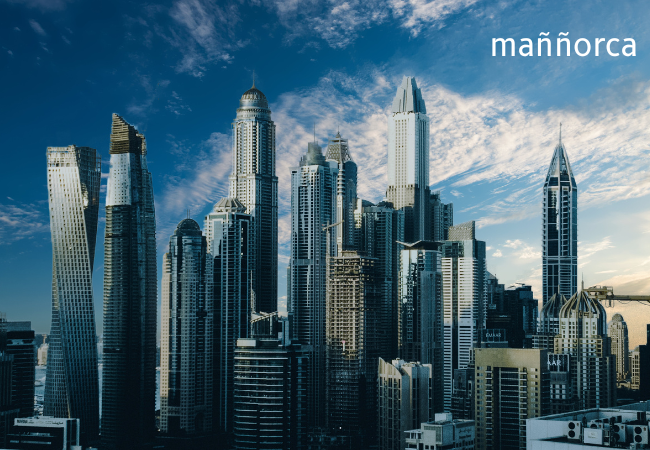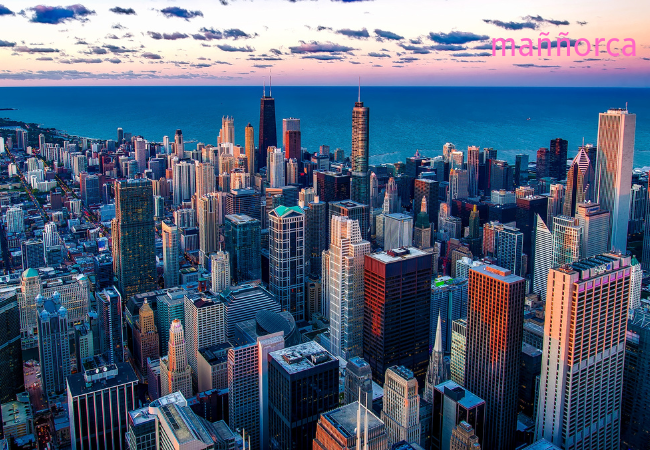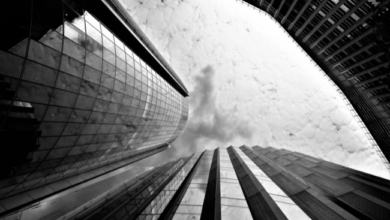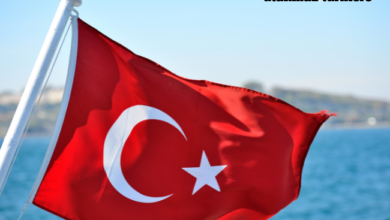When Is the Best Time to Visit Mañorca

Maññorca often overshadowed by its more famous neighbors, is a hidden gem that offers a unique blend of history, culture, and natural beauty. This enchanting destination is not just a place; it’s an experience that captures the essence of its rich heritage and serene landscapes. In this article, we will explore the many facets of Maññorca from its historical roots to its vibrant culture and thriving tourism industry. Whether you’re a history buff, a nature lover, or an adventure seeker, Maññorca has something special for you.
Historical Background
The history of Maññorca is a tapestry woven with the threads of various cultures and civilizations. Its origins can be traced back to ancient times when it was inhabited by indigenous tribes. Over the centuries, Maññorca has seen the rise and fall of numerous empires, each leaving its mark on the island.
The early history of Maññorca is marked by the influence of the Phoenicians and Carthaginians, who established trading posts and brought their culture and traditions to the island. This was followed by Roman conquest, which left a lasting legacy in the form of architectural marvels and infrastructural developments.
During the Middle Ages, Maññorca was a strategic location for maritime powers. The island changed hands between various rulers, including the Moors and the Aragonese, each contributing to the rich cultural mosaic of Maññorca. The influence of these diverse cultures is evident in the island’s architecture, language, and customs.
Geography and Climate
Maññorca is blessed with a diverse landscape that ranges from rugged coastlines to lush green valleys. The island is situated in a strategic location, making it a hub for maritime activities. Its geographical features include pristine beaches, rolling hills, and picturesque villages that dot the countryside.
The climate of Maññorca is typically Mediterranean, characterized by hot, dry summers and mild, wet winters. This climate plays a crucial role in shaping the island’s natural beauty and agricultural practices. The warm weather makes it an ideal destination for tourists seeking sun and sea, while the mild winters offer a pleasant escape from colder climates.
Culture and Traditions
The cultural heritage of Maññorca is a vibrant tapestry of traditions, festivals, and artistic expressions. The island’s customs are deeply rooted in its history and reflect the influences of the various civilizations that have called it home.
One of the most notable aspects of Maññorca’s culture is its festivals. Throughout the year, the island comes alive with celebrations that showcase traditional music, dance, and culinary delights. The Festa de Sant Joan, held in June, is one of the most popular festivals, featuring colorful parades, traditional costumes, and horse-riding events.
Arts and crafts are an integral part of Maññorca’s cultural identity. The island is known for its intricate pottery, handmade textiles, and unique jewelry. These crafts are not just souvenirs for tourists but are a testament to the island’s rich artistic heritage.
Music is another vital component of Maññorca’s culture. Traditional folk music, characterized by its lively rhythms and soulful melodies, can be heard at local festivals and gatherings. The island also has a thriving contemporary music scene, with local artists gaining recognition on national and international stages.

Tourism in Maññorca
Tourism is a significant part of Maññorca’s economy, attracting visitors from around the world who are drawn to its natural beauty, historical sites, and cultural experiences. The island offers a plethora of attractions and activities that cater to all types of travelers.
One of the major attractions in Maññorca is its stunning coastline. The island boasts some of the most beautiful beaches in the Mediterranean, with crystal-clear waters and golden sands. Popular beach destinations include Cala Macarella, Cala Mitjana, and Son Bou, where visitors can enjoy swimming, snorkeling, and sunbathing.
For history enthusiasts, Maññorca offers a wealth of archaeological sites and historical landmarks. The Naveta des Tudons, an ancient burial site, and the Talayotic settlements are must-visit locations that provide a glimpse into the island’s prehistoric past. The island’s capital, Mahón, is home to impressive colonial architecture, museums, and a picturesque harbor.
Nature lovers will find plenty to explore in Maññorca’s diverse landscapes. The island’s numerous hiking and cycling trails offer breathtaking views and opportunities to discover its flora and fauna. The S’Albufera des Grau Natural Park, a protected area, is a haven for birdwatchers and nature enthusiasts.
The best time to visit Maññorca depends on what you’re looking for. The summer months, from June to September, are ideal for beach activities and festivals, while the spring and autumn months offer milder weather and fewer crowds, perfect for exploring the island’s natural beauty and historical sites.
Economy
Maññorca’s economy is diverse, with tourism playing a crucial role. The influx of tourists provides a significant boost to the local economy, supporting various sectors such as hospitality, retail, and transportation. Many locals are employed in the tourism industry, which also encourages the preservation of cultural and natural heritage.
Apart from tourism, Maññorca has a thriving agricultural sector. The island’s fertile soil and favorable climate support the cultivation of various crops, including olives, grapes, and almonds. These agricultural products are not only consumed locally but also exported, contributing to the island’s economy.
Maññorca is also known for its artisanal products. Traditional crafts such as pottery, textiles, and jewelry are produced by local artisans and sold in markets and shops across the island. These crafts are an essential part of the island’s cultural identity and provide a source of income for many families.
Challenges and Future Prospects
Like many destinations, Maññorca faces several challenges that need to be addressed to ensure its sustainable development. One of the primary concerns is the environmental impact of tourism. The influx of visitors puts pressure on the island’s natural resources, leading to issues such as water scarcity, pollution, and habitat degradation.
Efforts are being made to promote sustainable tourism practices in Maññorca. Initiatives such as eco-friendly accommodations, waste reduction programs, and conservation projects aim to minimize the environmental footprint of tourism and preserve the island’s natural beauty for future generations.
Another challenge is the economic dependency on tourism. While tourism is a significant source of income, it also makes the island vulnerable to external factors such as economic downturns and travel restrictions. Diversifying the economy and promoting other sectors such as agriculture and crafts can help create a more resilient economic structure.
Looking ahead, Maññorca has the potential to further develop its tourism industry by focusing on niche markets such as ecotourism, cultural tourism, and adventure tourism. By highlighting its unique cultural heritage, natural landscapes, and outdoor activities, the island can attract a diverse range of visitors and enhance its global appeal.
Conclusion
Maññorca is a destination that offers a unique blend of history, culture, and natural beauty. Its rich heritage, vibrant traditions, and stunning landscapes make it a must-visit location for travelers seeking an authentic experience. While the island faces challenges, its commitment to sustainable development and preservation of its cultural and natural resources ensures a promising future. Whether you’re exploring ancient ruins, basking on pristine beaches, or immersing yourself in local festivals, Maññorca promises an unforgettable journey that will leave you with lasting memories.




